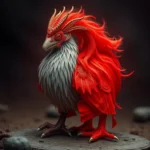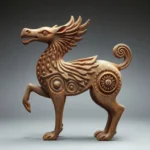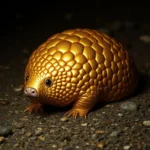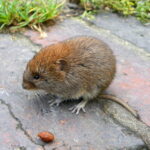The Kudu: A Deep Dive into Its Symbolism and Significance
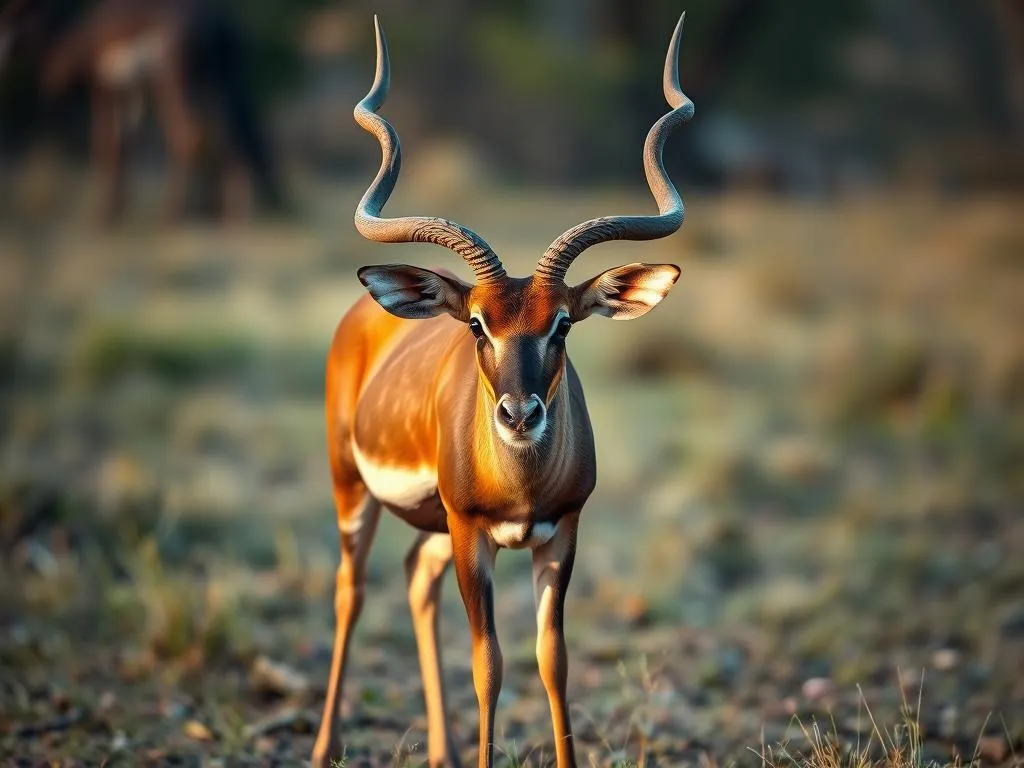
Disclaimer: Some images on this website are AI-generated artworks and may not accurately represent real animals.
The kudu, a majestic antelope native to Africa, stands out not only for its physical beauty but also for the kudu symbolism and meaning that permeate various cultures. Understanding the kudu involves exploring its characteristics, habitat, and the cultural narratives that surround it.
Understanding the Kudu
Physical Characteristics
The kudu is divided into two species: the greater kudu and the lesser kudu. Their striking features make them easily recognizable in the wild.
| Characteristics | Greater Kudu | Lesser Kudu |
|---|---|---|
| Height | 4.5 to 5.5 feet at the shoulder | 3 to 4.5 feet at the shoulder |
| Weight | 400 to 600 pounds | 90 to 120 pounds |
| Horns | Long, spiraled horns (up to 6 feet) | Shorter, more slender horns (up to 3 feet) |
| Coloration | Grayish-brown with white stripes | Reddish-brown with faint stripes |
| Facial Markings | Distinct white facial markings | Similar facial markings, but less prominent |
The greater kudu is particularly noted for its impressive spiraled horns, which can grow up to six feet in length. Their coats are adorned with vertical white stripes that serve as a form of camouflage in their natural habitat. The lesser kudu, smaller and more elusive, boasts a reddish-brown coat with similar white markings, allowing it to blend seamlessly into dense bush environments.
Habitat and Behavior
Kudus inhabit a variety of environments, including savannas, woodlands, and bushlands. They prefer areas with adequate cover to protect themselves from predators while allowing access to open grasslands for grazing.
Socially, kudus are somewhat solitary, often seen in small groups or pairs. Males are typically more solitary, while females and their young form small herds. Their diet primarily consists of leaves, shoots, and fruits, making them browsers rather than grazers.
Cultural Presence
In African folklore, the kudu holds significant cultural symbolism. Many indigenous communities regard the kudu as a symbol of grace and elegance, embodying the spirit of the wilderness. Various tribes incorporate the kudu into their art, rituals, and storytelling, recognizing its role in the ecosystem as well as its majestic beauty.
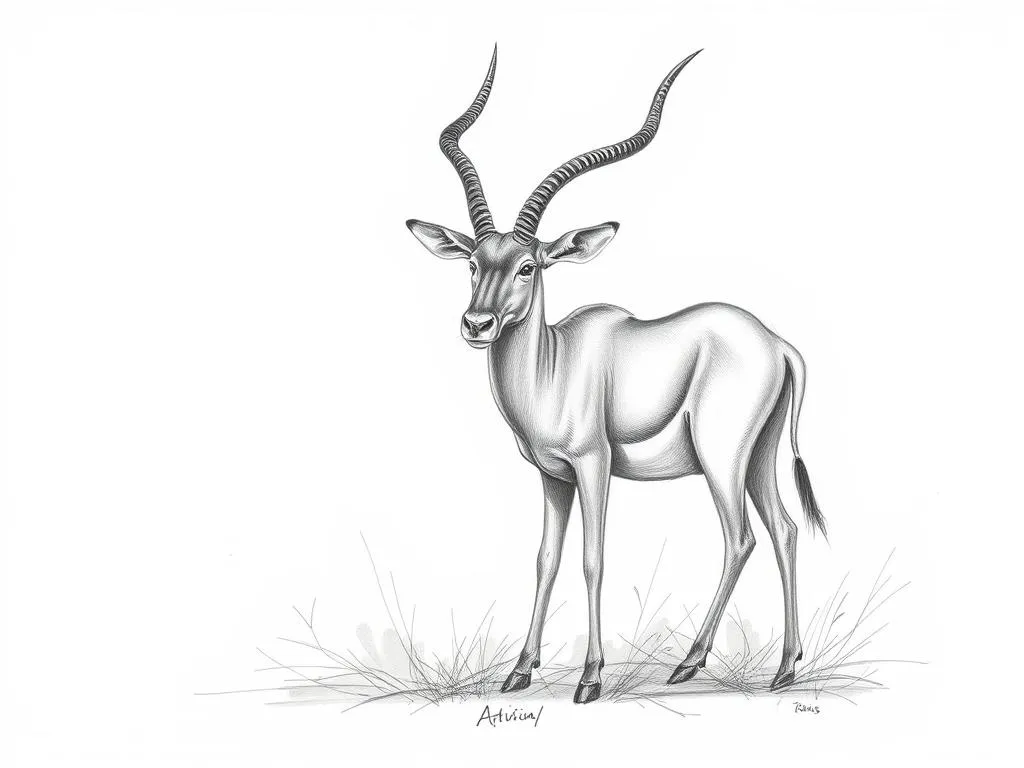
Symbolism & Spiritual Meaning
Grace and Agility
The kudu is often associated with gracefulness and the ability to navigate life’s challenges. Their agility in the wild, coupled with their ability to leap great heights, symbolizes overcoming obstacles and moving through challenges with ease. This aspect of kudu symbolism and meaning encourages individuals to embrace their own graceful movements through life, even in difficult situations.
Balance and Harmony
The duality of the kudu’s nature—its strength and gentleness—embodies the concept of balance and harmony. Kudu males are known for their impressive horns and protective instincts, while females exhibit nurturing behaviors and social cohesion within herds. This balance serves as a metaphor for finding equilibrium in one’s life, merging strength with compassion.
Connection to Nature
Kudus are seen as symbols of the intrinsic connection between humans and the natural world. Their existence reminds us of the delicate balance of ecosystems and the importance of living in harmony with our environment. By understanding the kudu symbolism and meaning, we can cultivate a deeper appreciation for nature and our role within it.
Kudu in Dreams
Interpretations of Kudu Dreams
Dreaming of a kudu can carry various interpretations, often reflecting personal growth or guidance. Here are some common themes associated with kudu symbolism and meaning in dreams:
| Dream Theme | Interpretation |
|---|---|
| Encountering a kudu | A sign of new opportunities or challenges ahead |
| Kudu leaping | An indication of overcoming obstacles or personal growth |
| Kudu in a herd | A reminder of the importance of community and support |
| Kudu alone | A call for introspection and self-discovery |
Symbolic Messages
When a kudu appears in dreams, it may signify a need to embrace agility and grace in facing life’s challenges. It serves as a reminder to approach obstacles with balance and poise. The presence of the kudu in your subconscious can reflect a journey towards personal development, urging you to connect with your inner strength while remaining grounded in compassion.
Modern Interpretations
Kudu as a Spirit Animal
For many, the kudu serves as a spirit animal, embodying qualities such as adaptability, grace, and resilience. Those who resonate with the kudu may find themselves drawn to its symbolism, using it as a source of inspiration and guidance. The kudu encourages individuals to embrace their unique paths, reminding them of the importance of navigating life with elegance.
Kudu in Art and Literature
The kudu has been represented in various forms of art and literature, often symbolizing freedom and the beauty of the wild. Contemporary artists use the kudu’s image to evoke feelings of nostalgia for untouched nature, emphasizing the need for conservation. Literature often portrays kudus as embodiments of the spirit of the African wilderness, representing a connection to the land and its heritage.
Conservation Efforts
In recent years, conservation efforts have focused on protecting the kudu and its habitat. The kudu symbolizes the fragility of nature, highlighting the need for sustainable practices and awareness of wildlife conservation. By understanding the kudu symbolism and meaning, we can appreciate the significance of preserving these majestic creatures and their ecosystems for future generations.
Key Takeaways
The kudu teaches us valuable lessons about life and our connection to the natural world. Here are some key insights derived from kudu symbolism and meaning:
- Embrace gracefulness: Navigate life’s challenges with elegance and poise.
- Seek balance: Find harmony between strength and gentleness in your daily interactions.
- Connect with nature: Foster a deeper appreciation for the environment and our role within it.
- Promote community: Recognize the importance of support systems in personal growth.
- Reflect on personal journeys: Use the kudu as a reminder to engage in self-discovery and introspection.
Conclusion
The kudu holds a profound place in the tapestry of wildlife and human culture, serving as a symbol of balance, grace, and connection to the natural world. Reflecting on kudu symbolism and meaning allows us to consider our own relationships with nature and the lessons we can draw from this magnificent creature.
As we navigate our lives, may we embody the qualities of the kudu—grace in movement, strength in character, and a deep appreciation for the world around us. The kudu encourages us to engage with nature and to understand our role in preserving its beauty for generations to come.
